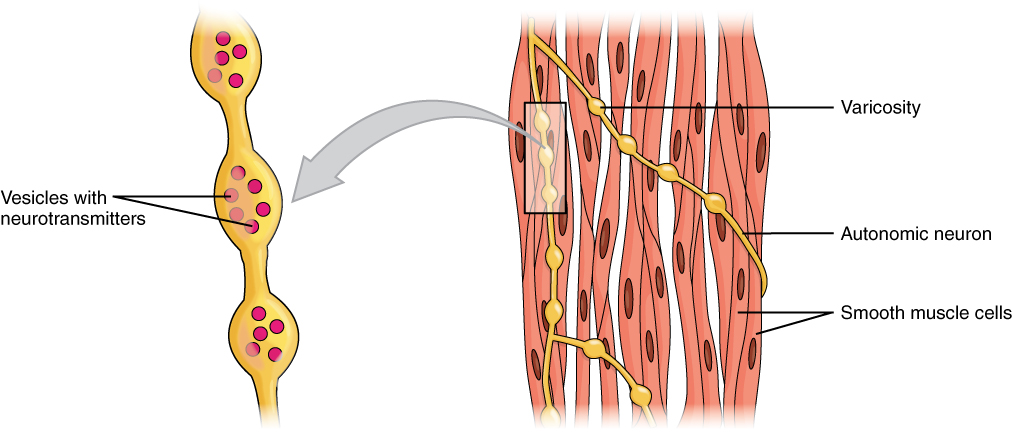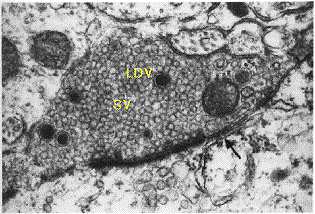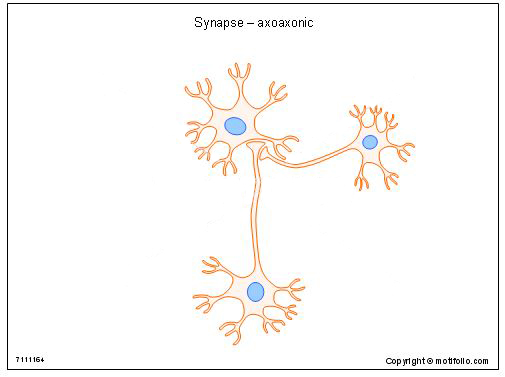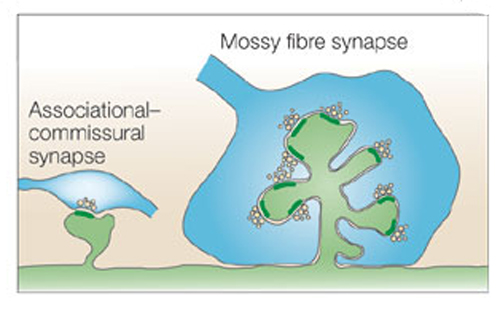Neuronal Cell Bodies come in many shapes and sizes |
|
Multipolar and Unipolar (or Pseudo-Unipolar) Neurones Multipolar neurones have many dendrites and have a single axon. the dendrites collect information from different sources and the axon carries action potentials to other neurones or target organs. Motor neurones and interneurones are examples of mulitpolar neurones. Unipolar (or pseudo-unipolar) neurones have a cell body with a short axon that divides into two after a short distance; these axons travel in opposite directions and function as a single long axon. The main example of a unipolar neurone is a dorsal root ganglion neurone; one axon has sensory terminals in the skin, muscle, joints or viscera, and the other branch terminates in the spinal cord or medulla. The axons that innervate the skin of the feet have the longest axons in the body, stretching from the foot to the medulla via the dorsal columns of the spinal cord. The number of dendrites in a neuron and the diameter of its axon appears to depend on the rate of synthesis of neurofilaments, which are sythesised in the cell body. |
|
Bipolar Neurones Bipolar Cells are rare in the human nervous system, but one notable location is the retina, where they receive inputs from photoreceptors (rods and cones) and influence the signals sent to the brain by the retinal ganglion cells (i.e. the neurones whose axons pass from the retina into the optic nerve). |
|
Cerebellar Purkinje Cells Top |
|
In the cerebellum there is a large type of neurone known as the Purkinje cell, along with many other ones with different shapes and sizes.. Purkinje neurones (named after the anatomist who discovered them) have a complicated dendritic structure like the branches of a tree - and sometimes referred to as an arborisation. That arborisation is seen on the left of the drawing. But unlike most trees, the arborisation is all in one plane, and the two images on the right are in fact from the same neurone observed from a different angle - about 90 degrees. Many Purkinje cells have their arborisations lined up in parallel, and each dendrite has many spine synapses. These make contact with the parallel fibres of the cereballum that pass through these arrays of dendrites like wires passing between pylons. |
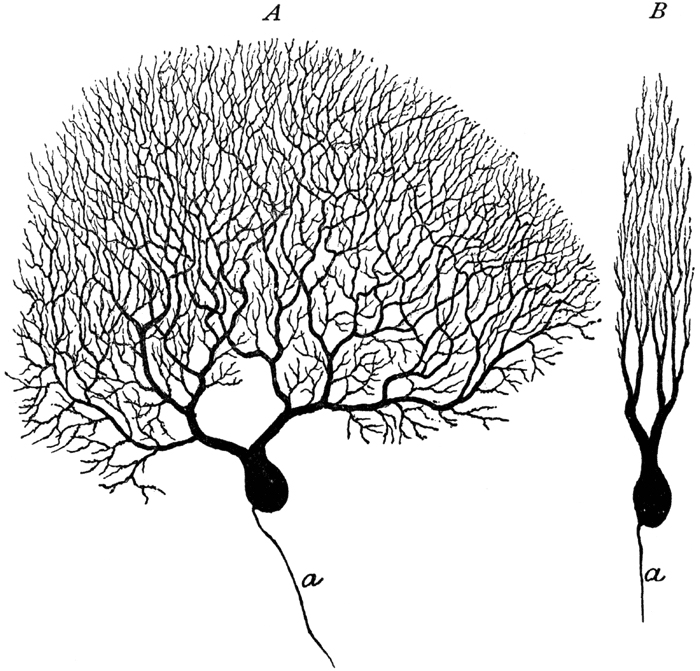 |
Pyramidal Cells in the Cerebral Cortex Top |
|
Pyramidal cells are large cells found throughout the cerebral cortex. They have a specialised apical dendrite (i.e. extending towards the surface of the cortex) as well as a complex set of basal dendrites. The diagram shows the variation of neuronal morphology related to function within the cerebral cortex. Projection cells send their axons to the brainstem or spinal cord. Commisural fibres cross to the opposite hemisphere (within the corpus callosum), while association fibres send their axons to other areas of cortex within the same hemisphere.
|
|
| Dendritic Spines Top |
|
The dendrites of pyramidal cells have specialised structures that increase the surface area available for synaptic inputs. These are called dendritic spines and are small protrusions on the surface of the dendrite that have inputs from pre-synaptic axons. Dendritic Spines and Neuropathology The spines allow a greater area for synaptic contact, and the number of dendritic spines can vary with psychological and neurological disorders. Autism spectrum disorders (ASD), schizophrenia and Alzheimer's disease are currently considered disorders that have alterations in the number of spine synapses. The axons of pyramidal cells can be very long, and some project to the spinal cord, making them some of the longest cells (around 1 metre) in the body. |
|
Three types of denditic spine are normally recognised: thin, mushroom and stubby in shape. New dendritic synapses can develop in some circumstances, and the three types shown opposite may indicate the stages of evolution of a mature dendritic synapse.
|
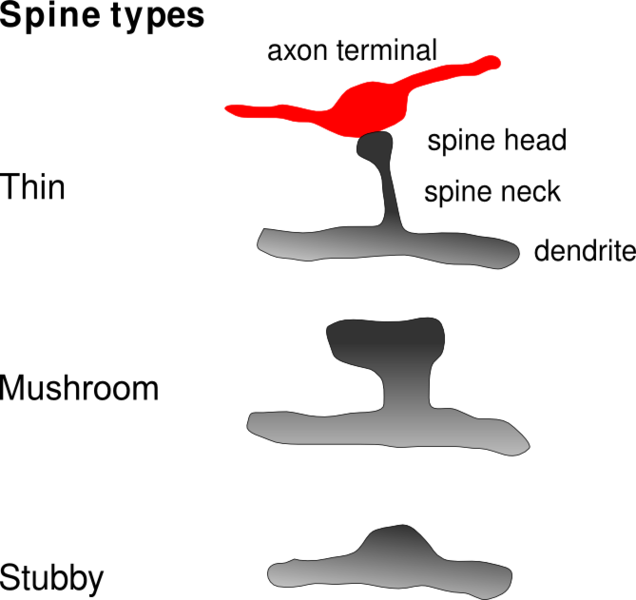 |
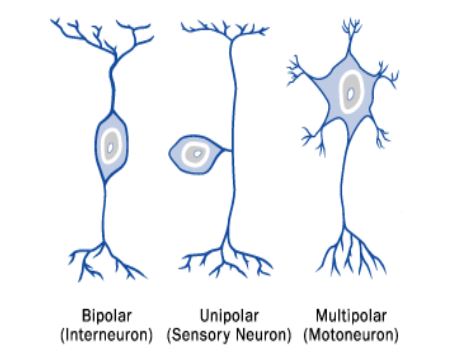
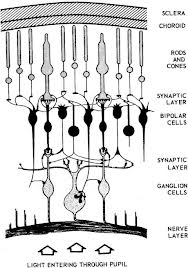
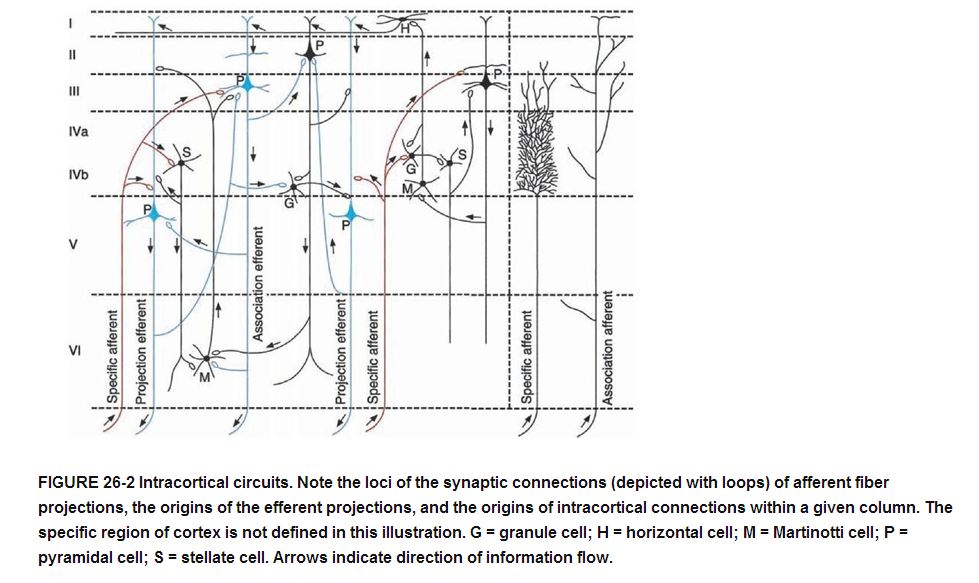
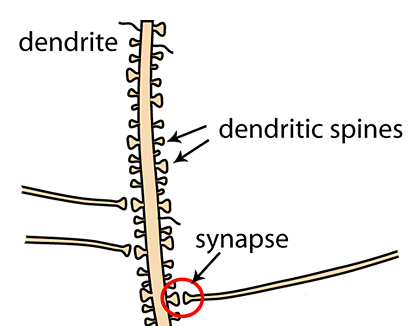
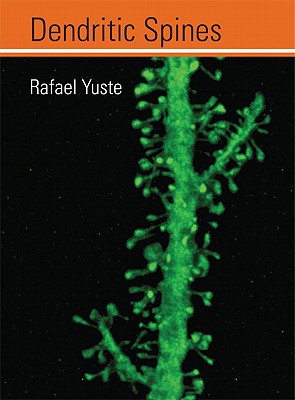
 PD wiki.jpg)
